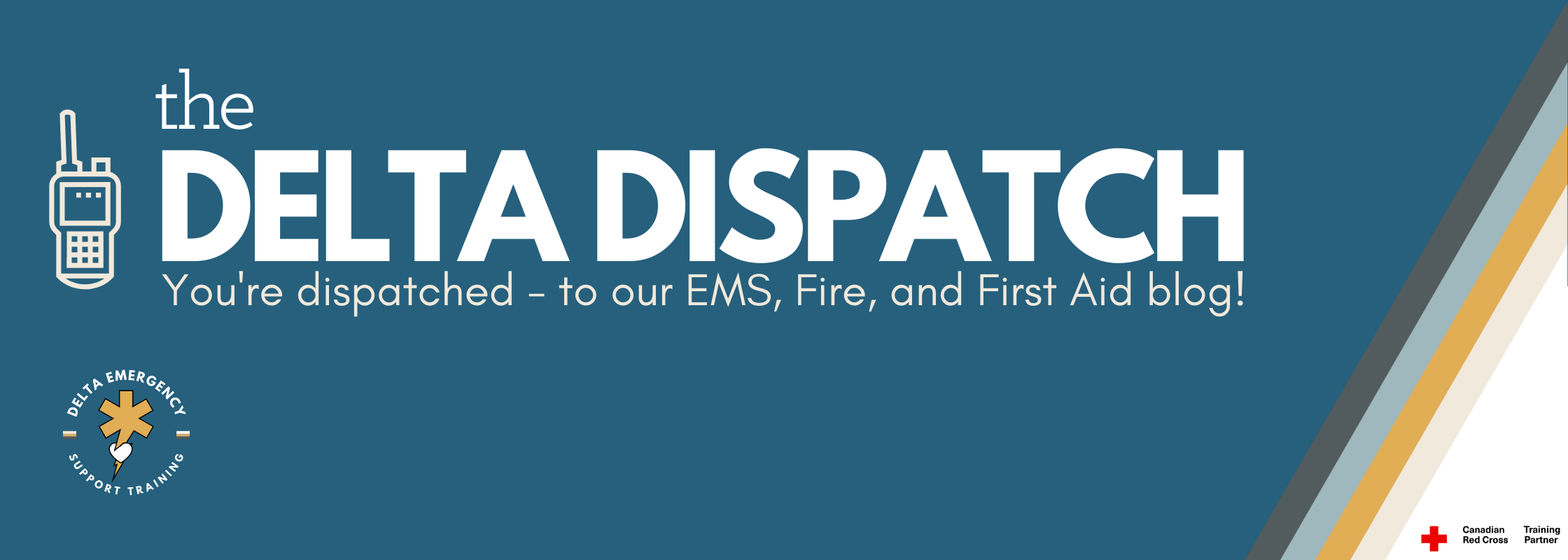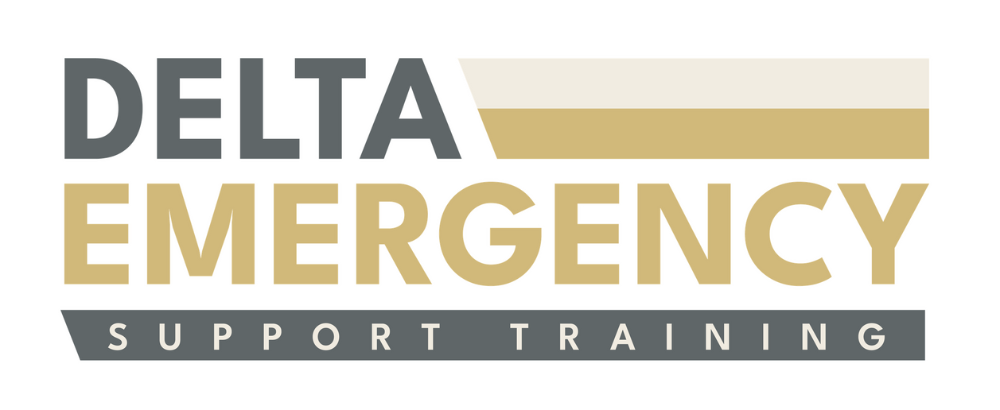Your Mental Checklist for Altered Level of Consciousness Calls
/Altered level of consciousness (LOC) is a broad but critical presentation that can signal anything from head trauma to medical emergencies like hypoglycemia, stroke, or overdose. As an Emergency Medical Responder (EMR) or Advanced First Aider (AFA), your role in the initial assessment can directly influence the outcome for the patient.
These calls can be unpredictable, high-stress, and require fast decision-making. That’s why having structured tools like AVPU and GCS (Glasgow Coma Scale) in your mental toolbox is essential.
What Is Altered Level of Consciousness?
Altered LOC refers to any state where a person’s awareness, responsiveness, or orientation is impaired. It ranges from confusion or disorientation to full unresponsiveness.
Some common causes include:
Head trauma
Stroke or transient ischemic attack (TIA)
Seizures or postictal states
Hypoglycemia or hyperglycemia
Drug or alcohol overdose
Shock
Infection (e.g., sepsis or meningitis)
Psychiatric conditions
Because the causes are so diverse, your initial assessment plays a key role in identifying red flags, ruling out life threats, and communicating clearly with paramedics or dispatch.
Using the AVPU Scale
The AVPU scale is a quick and simple way to assess responsiveness in the field:
A – Alert: The person is awake and oriented to person, place, time, and event.
V – Verbal: The person responds to verbal stimuli but is not fully oriented.
P – Pain: The person does not respond to voice but reacts to pain (e.g., sternal rub).
U – Unresponsive: No response to voice or pain.
When to Use AVPU:
AVPU is ideal for initial assessments, especially during your primary survey. It gives you a quick snapshot of how serious the situation may be, helping prioritize transport and care.
Glasgow Coma Scale (GCS)
While AVPU is fast, the Glasgow Coma Scale provides a more detailed and objective assessment of neurological function.
The GCS evaluates three categories:
Eye Opening (E) – out of 4
Verbal Response (V) – out of 5
Motor Response (M) – out of 6
CategoryScore BreakdownEye Opening4 – Spontaneous
3 – To voice
2 – To pain
1 – NoneVerbal Response5 – Oriented
4 – Confused
3 – Inappropriate words
2 – Incomprehensible sounds
1 – NoneMotor Response6 – Obeys commands
5 – Localizes pain
4 – Withdraws from pain
3 – Flexion (decorticate)
2 – Extension (decerebrate)
1 – None
GCS Scoring:
13–15 = Mild impairment
9–12 = Moderate
≤8 = Severe; often indicates need for airway management
Even at the EMR or AFA level, familiarity with the GCS can help you provide accurate handovers and assist higher-level responders in decision-making.
Approach to the Call: LOC Management Steps
1. Scene Assessment & Safety
Scan for hazards (especially if drugs, trauma, or violent behavior suspected)
Note environmental clues (needles, alcohol, medications, crash helmets, etc.)
2. Primary Survey (ABCs)
Ensure Airway is open — unresponsive patients may need manual airway maneuvers or placement in recovery position.
Check Breathing — rate, effort, and quality.
Assess Circulation — skin signs, pulse, and potential bleeding.
3. Level of Consciousness Assessment
Use AVPU for rapid triage.
Apply GCS when appropriate and time allows.
Assess orientation to person, place, time, and event.
4. Vital Signs
Monitor pulse, respiration rate, blood pressure, temperature, SpO₂, and blood glucose (if within your scope).
5. Secondary Survey
Look for trauma (especially head/neck)
Check pupils (size, equality, reactivity)
Review SAMPLE history:
Signs and symptoms
Allergies
Medications (especially insulin, seizure meds, psych meds)
Past medical history
Last oral intake
Events leading up to incident
Communication Is Key
LOC calls often require rapid handover to EMS or transport to hospital. A strong report includes:
AVPU or GCS score
Vitals and changes in LOC
Pertinent SAMPLE history
On-scene findings (e.g., signs of overdose, trauma, seizure activity)
Using clear, clinical language shows professionalism and ensures continuity of care.
Why This Matters
Altered LOC may be the first sign of a life-threatening emergency. Whether you’re the first responder on a highway or treating someone at a workplace or remote site, your ability to assess, document, and respond effectively can help save a life—or prevent rapid deterioration.
Train with Confidence at Delta Emergency Support Training
At Delta Emergency Support Training in Calgary, our Advanced First Aid and EMR-level courses prepare students to manage complex scenes—including those involving altered LOC. Taught by experienced paramedics and firefighters, our training focuses on real-world decision-making, hands-on assessments, and scenario-based practice.
Whether you're renewing your skills or building toward a career in EMS or firefighting, we’re here to help you respond with clarity, confidence, and care.




